How do bacteria help and harm crops?
Futurum
AUGUST 8, 2023
Jong and his team use various tools and techniques from molecular biology and genetics to study B. Social behaviours of bacteria are determined by cell-to-cell communication, known as quorum-sensing, so Jong mutated different genes involved in cell signalling to examine which controlled B. glumae and its interactions with rice.

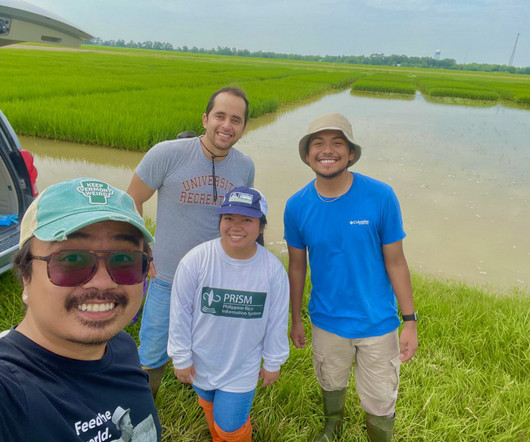
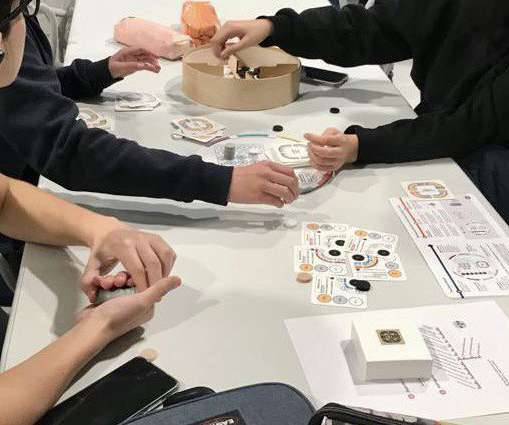
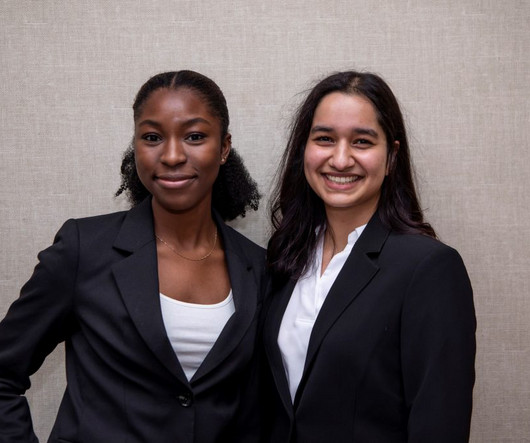
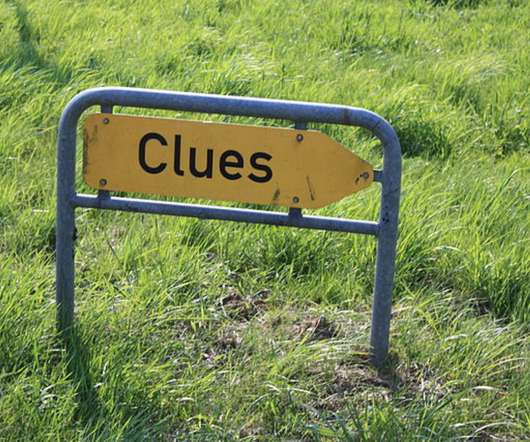
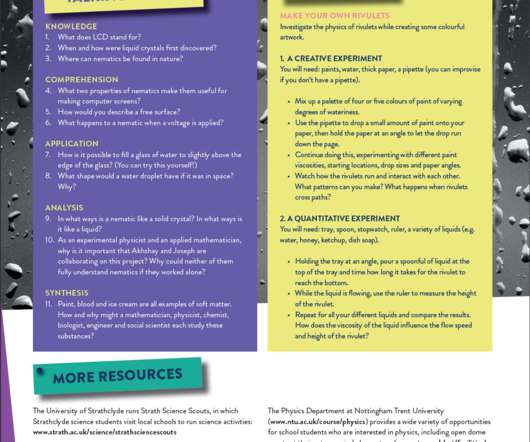










Let's personalize your content